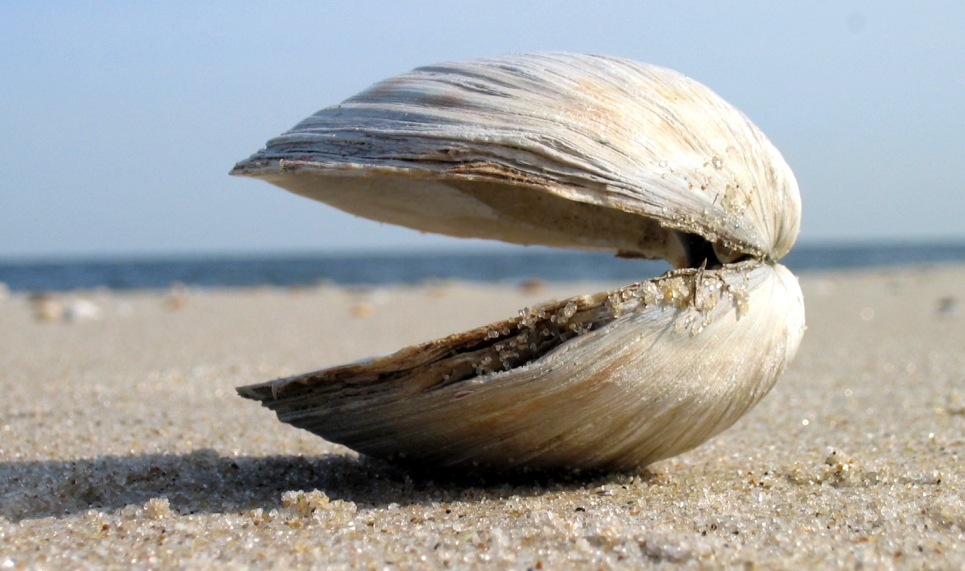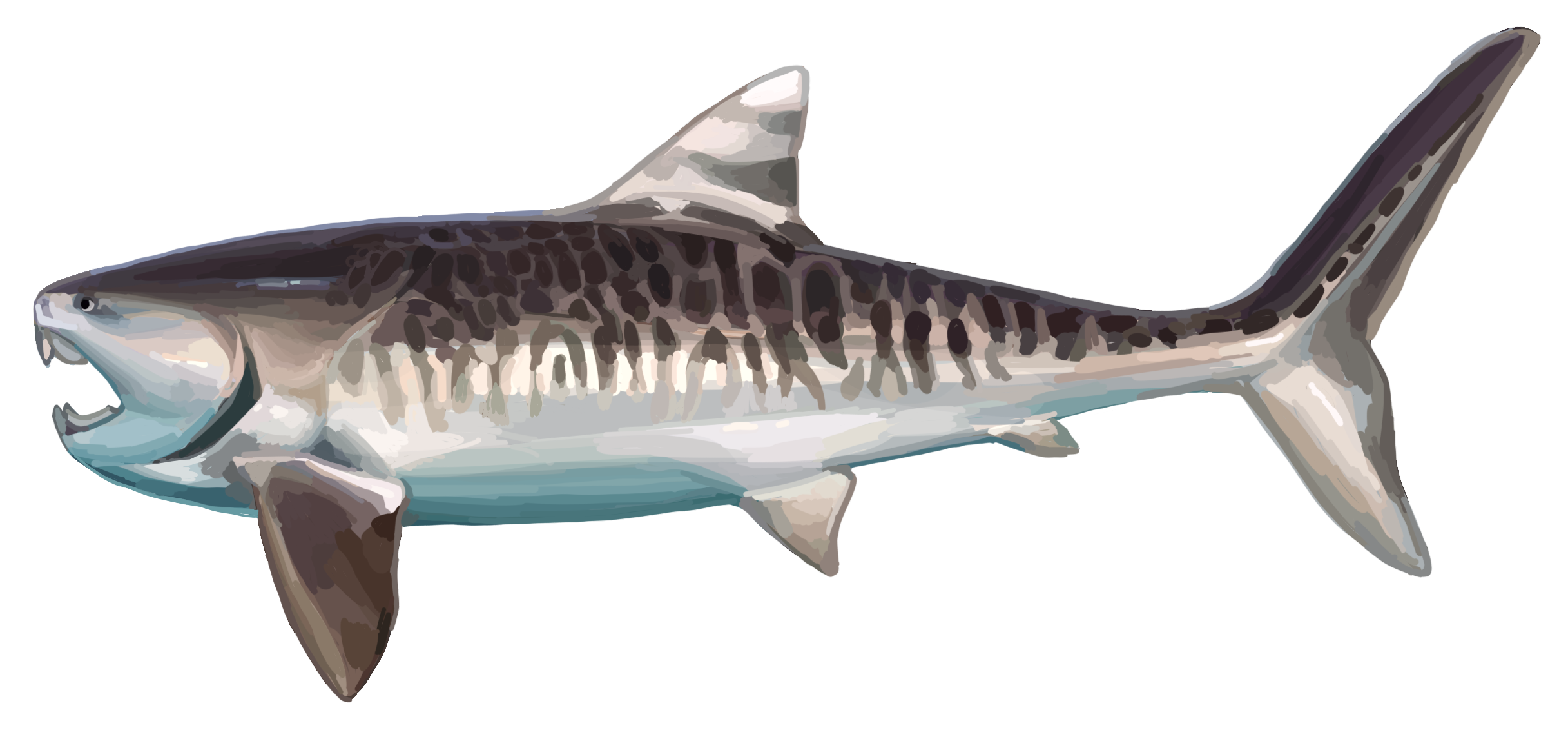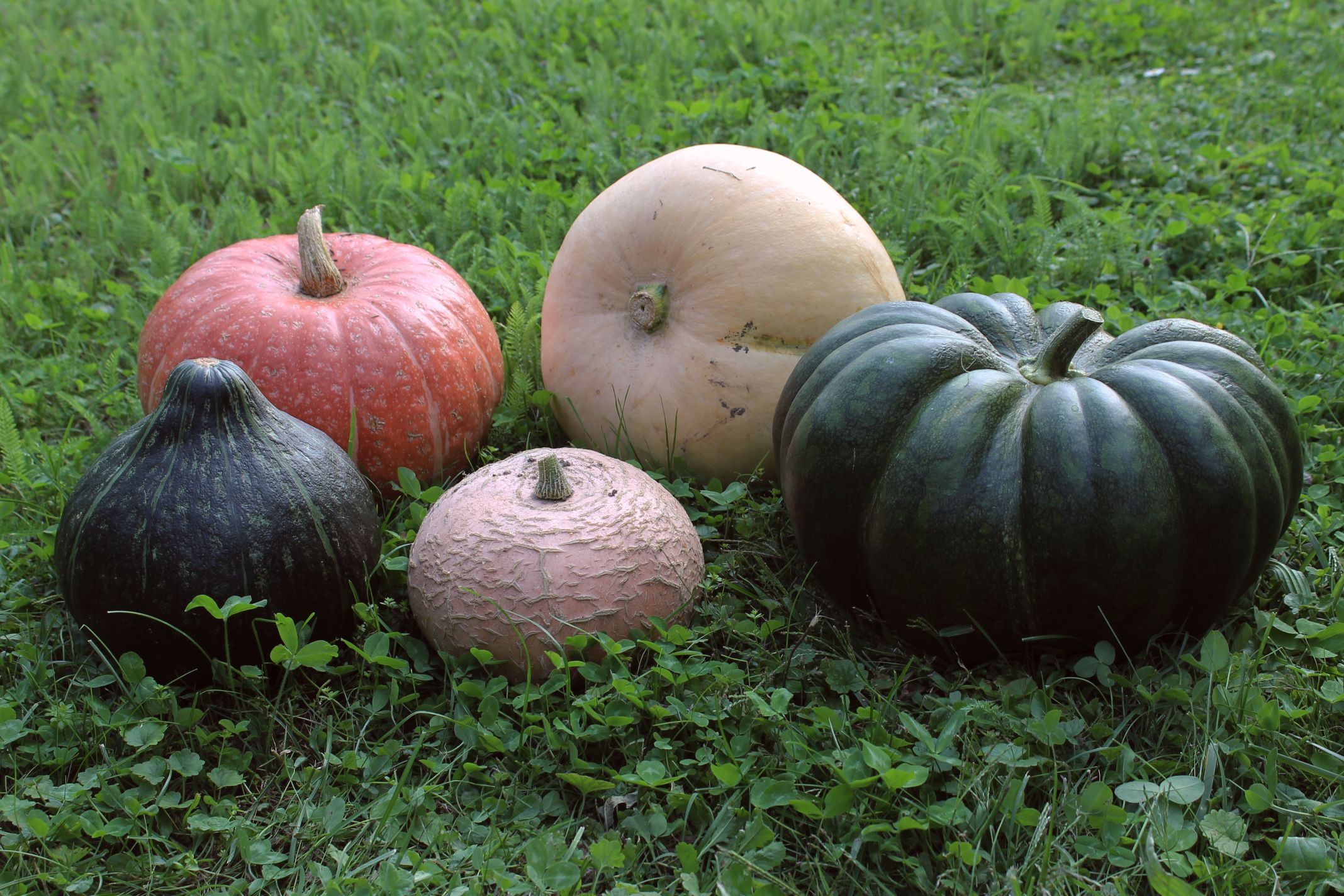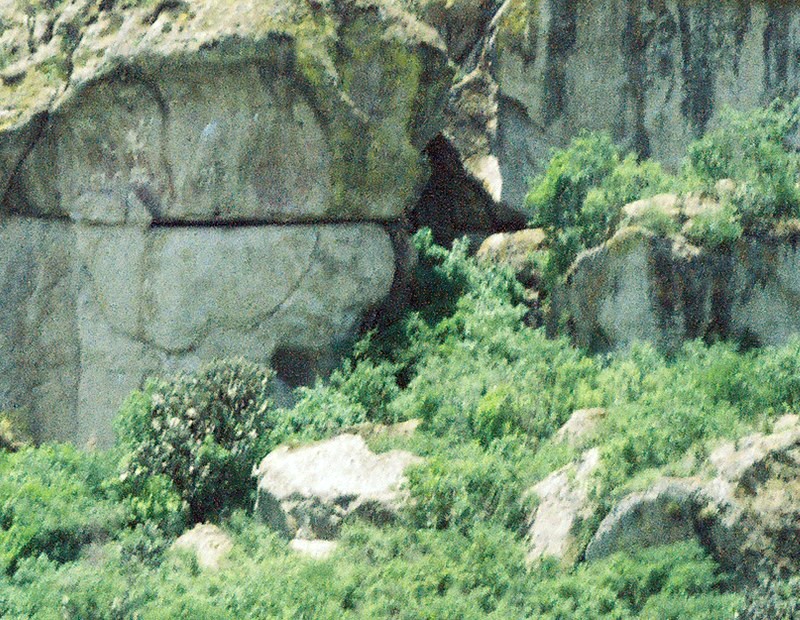|
Norridgewock
Norridgewock was the name of both an Indigenous village and a band of the Abenaki ("People of the Dawn") Native Americans/First Nations, an Eastern Algonquian tribe of the United States and Canada. The French of New France called the village Kennebec. The tribe occupied an area in the interior of Maine. During colonial times, this area was territory disputed between British and French colonists, and was set along the claimed western border of Acadia, the western bank of the Kennebec River. Archaeological evidence has identified several different sites associated with the settlement known as Norridgewock. The last one, where the French Jesuit priest Sebastian Rale had a mission, is today called Old Point, and is located in Madison. Other sites are located nearby in Starks and the present-day town of Norridgewock. Three of these historically and archaeologically significant areas have been collectively designated as the Norridgewock Archaeological District, a National Hist ... [...More Info...] [...Related Items...] OR: [Wikipedia] [Google] [Baidu] |
Norridgewock, Maine
Norridgewock is a town in Somerset County, Maine, United States. The population was 3,278 at the 2020 census. History Native Americans Situated on the New England and Acadia border, which New France defined as the Kennebec River, the area was once territory of the Norridgewock Indians, a band of the Abenaki nation. Their village was located at Old Point, now part of Madison. English colonists suspected Father Sebastien Rale (or Rasle), the French missionary at the village since 1694, of abetting tribal hostilities against British settlements during the French and Indian Wars. During Father Rale's War, soldiers left Fort Richmond (now Richmond) in whaleboats until they reached Taconic Falls (now Winslow), then marched quietly to Norridgewock Village, arriving on August 23, 1724. Battle of Norridgewock was "sharp, short and decisive," leaving 26 warriors slain, 14 wounded and 150 survivors fleeing to Quebec, Canada. Father Rale was among the dead. Subsequent history The ... [...More Info...] [...Related Items...] OR: [Wikipedia] [Google] [Baidu] |
Palisade
A palisade, sometimes called a stakewall or a paling, is typically a fence or defensive wall made from iron or wooden stakes, or tree trunks, and used as a defensive structure or enclosure. Palisades can form a stockade. Etymology ''Palisade'' derives from ''pale'', from the Latin word ', meaning stake, specifically when used side by side to create a wood defensive wall. Typical construction Typical construction consisted of small or mid-sized tree trunks aligned vertically, with as little free space in between as possible. The trunks were sharpened or pointed at the top, and were driven into the ground and sometimes reinforced with additional construction. The height of a palisade ranged from around a metre to as high as 3–4 m. As a defensive structure, palisades were often used in conjunction with earthworks. Palisades were an excellent option for small forts or other hastily constructed fortifications. Since they were made of wood, they could often be quickly and eas ... [...More Info...] [...Related Items...] OR: [Wikipedia] [Google] [Baidu] |
Oyster
Oyster is the common name for a number of different families of salt-water bivalve molluscs that live in marine or brackish habitats. In some species, the valves are highly calcified, and many are somewhat irregular in shape. Many, but not all oysters are in the superfamily Ostreoidea. Some types of oysters are commonly consumed (cooked or raw), and in some locales are regarded as a delicacy. Some types of pearl oysters are harvested for the pearl produced within the mantle. Windowpane oysters are harvested for their translucent shells, which are used to make various kinds of decorative objects. Etymology The word ''oyster'' comes from Old French , and first appeared in English during the 14th century. The French derived from the Latin , the feminine form of , which is the latinisation of the Ancient Greek () 'oyster'. Compare () 'bone'. Types True oysters True oysters are members of the family Ostreidae. This family includes the edible oysters, which mainly bel ... [...More Info...] [...Related Items...] OR: [Wikipedia] [Google] [Baidu] |
Clam
Clam is a common name for several kinds of bivalve molluscs. The word is often applied only to those that are edible and live as infauna, spending most of their lives halfway buried in the sand of the seafloor or riverbeds. Clams have two shells of equal size connected by two adductor muscles and have a powerful burrowing foot. They live in both freshwater and marine environments; in salt water they prefer to burrow down into the mud and the turbidity of the water required varies with species and location; the greatest diversity of these is in North America. Clams in the culinary sense do not live attached to a substrate (whereas oysters and mussels do) and do not live near the bottom (whereas scallops do). In culinary usage, clams are commonly eaten marine bivalves, as in clam digging and the resulting soup, clam chowder. Many edible clams such as palourde clams are ovoid or triangular; however, razor clams have an elongated parallel-sided shell, suggesting an old-fa ... [...More Info...] [...Related Items...] OR: [Wikipedia] [Google] [Baidu] |
Earless Seal
The earless seals, phocids or true seals are one of the three main groups of mammals within the seal lineage, Pinnipedia. All true seals are members of the family Phocidae (). They are sometimes called crawling seals to distinguish them from the fur seals and sea lions of the family Otariidae. Seals live in the oceans of both hemispheres and, with the exception of the more tropical monk seals, are mostly confined to polar, subpolar, and temperate climates. The Baikal seal is the only species of exclusively freshwater seal. Taxonomy and evolution Evolution The earliest known fossil earless seal is '' Noriphoca gaudini'' from the late Oligocene or earliest Miocene ( Aquitanian) of Italy. Other early fossil phocids date from the mid-Miocene, 15 million years ago in the north Atlantic. Until recently, many researchers believed that phocids evolved separately from otariids and odobenids; and that they evolved from otter-like animals, such as '' Potamotherium'', which i ... [...More Info...] [...Related Items...] OR: [Wikipedia] [Google] [Baidu] |
Fish
Fish are aquatic, craniate, gill-bearing animals that lack limbs with digits. Included in this definition are the living hagfish, lampreys, and cartilaginous and bony fish as well as various extinct related groups. Approximately 95% of living fish species are ray-finned fish, belonging to the class Actinopterygii, with around 99% of those being teleosts. The earliest organisms that can be classified as fish were soft-bodied chordates that first appeared during the Cambrian period. Although they lacked a true spine, they possessed notochords which allowed them to be more agile than their invertebrate counterparts. Fish would continue to evolve through the Paleozoic era, diversifying into a wide variety of forms. Many fish of the Paleozoic developed external armor that protected them from predators. The first fish with jaws appeared in the Silurian period, after which many (such as sharks) became formidable marine predators rather than just the prey of arthrop ... [...More Info...] [...Related Items...] OR: [Wikipedia] [Google] [Baidu] |
Squash (plant)
''Cucurbita'' (Latin for gourd) is a genus of herbaceous fruits in the gourd family, Cucurbitaceae (also known as ''cucurbits'' or ''cucurbi''), native to the Andes and Mesoamerica. Five edible species are grown and consumed for their flesh and seeds. They are variously known as squash, pumpkin, or gourd, depending on species, variety, and local parlance. Other kinds of gourd, also called bottle-gourds, are native to Africa and belong to the genus '' Lagenaria'', which is in the same family and subfamily as ''Cucurbita'', but in a different tribe. These other gourds are used as utensils or vessels, and their young fruits are eaten much like those of the ''Cucurbita'' species. Most ''Cucurbita'' species are herbaceous vines that grow several meters in length and have tendrils, but non-vining "bush" cultivars of ''C. pepo'' and ''C. maxima'' have also been developed. The yellow or orange flowers on a ''Cucurbita'' plant are of two types: female and male. The female flow ... [...More Info...] [...Related Items...] OR: [Wikipedia] [Google] [Baidu] |
Pumpkin
A pumpkin is a vernacular term for mature winter squash of species and varieties in the genus '' Cucurbita'' that has culinary and cultural significance but no agreed upon botanical or scientific meaning. The term ''pumpkin'' is sometimes used interchangeably with "squash" or "winter squash", and is commonly used for cultivars of '' Cucurbita argyrosperma'', '' Cucurbita ficifolia'', '' Cucurbita maxima'', '' Cucurbita moschata'', and '' Cucurbita pepo''. Native to North America (northeastern Mexico and the southern United States), ''C. pepo'' pumpkins are one of the oldest domesticated plants, having been used as early as 7,000 to 5,500 BC. Today, pumpkins of varied species are widely grown for food, as well as for aesthetic and recreational purposes. The pumpkin's thick shell contains edible seeds and pulp. Pumpkin pie, for instance, is a traditional part of Thanksgiving meals in Canada and the United States, and pumpkins are frequently carved as jack-o'-lanterns for de ... [...More Info...] [...Related Items...] OR: [Wikipedia] [Google] [Baidu] |
Bean
A bean is the seed of several plants in the family Fabaceae, which are used as vegetables for human or animal food. They can be cooked in many different ways, including boiling, frying, and baking, and are used in many traditional dishes throughout the world. Terminology The word "bean" and its Germanic cognates (e.g. German ''Bohne'') have existed in common use in West Germanic languages since before the 12th century, referring to broad beans, chickpeas, and other pod-borne seeds. This was long before the New World genus ''Phaseolus'' was known in Europe. After Columbian-era contact between Europe and the Americas, use of the word was extended to pod-borne seeds of ''Phaseolus'', such as the common bean and the runner bean, and the related genus '' Vigna''. The term has long been applied generally to many other seeds of similar form, such as Old World soybeans, peas, other vetches, and lupins, and even to those with slighter resemblances, such as coffee beans, vani ... [...More Info...] [...Related Items...] OR: [Wikipedia] [Google] [Baidu] |
Wheat
Wheat is a grass widely cultivated for its seed, a cereal grain that is a worldwide staple food. The many species of wheat together make up the genus ''Triticum'' ; the most widely grown is common wheat (''T. aestivum''). The archaeological record suggests that wheat was first cultivated in the regions of the Fertile Crescent around 9600 BCE. Botanically, the wheat kernel is a type of fruit called a caryopsis. Wheat is grown on more land area than any other food crop (, 2014). World trade in wheat is greater than for all other crops combined. In 2020, world production of wheat was , making it the second most-produced cereal after maize. Since 1960, world production of wheat and other grain crops has tripled and is expected to grow further through the middle of the 21st century. Global demand for wheat is increasing due to the unique viscoelastic and adhesive properties of gluten proteins, which facilitate the production of processed foods, whose consumption is ... [...More Info...] [...Related Items...] OR: [Wikipedia] [Google] [Baidu] |
Maize
Maize ( ; ''Zea mays'' subsp. ''mays'', from es, maíz after tnq, mahiz), also known as corn ( North American and Australian English), is a cereal grain first domesticated by indigenous peoples in southern Mexico about 10,000 years ago. The leafy stalk of the plant produces pollen inflorescences (or "tassels") and separate ovuliferous inflorescences called ears that when fertilized yield kernels or seeds, which are fruits. The term ''maize'' is preferred in formal, scientific, and international usage as a common name because it refers specifically to this one grain, unlike ''corn'', which has a complex variety of meanings that vary by context and geographic region. Maize has become a staple food in many parts of the world, with the total production of maize surpassing that of wheat or rice. In addition to being consumed directly by humans (often in the form of masa), maize is also used for corn ethanol, animal feed and other maize products, such as corn starch a ... [...More Info...] [...Related Items...] OR: [Wikipedia] [Google] [Baidu] |
Paddle
A paddle is a handheld tool with an elongated handle and a flat, widened distal end (i.e. the ''blade''), used as a lever to apply force onto the bladed end. It most commonly describes a completely handheld tool used to propel a human-powered watercraft by pushing water in a direction opposite to the direction of travel (i.e. paddling). It is different to an oar (which is similar in shape and performs the same function via rowing) in that the latter is attached to the watercraft via a fulcrum. However, the term "paddle" can also be used to describe objects of similar shapes or functions: *A rotating set of paddle boards known as a paddle wheel is used to propel a steamboat (i.e. paddle steamer). *A number of games (e.g. ping-pong), a "paddle" or "bat" is a small racket used to strike a ball. *A mixing paddle is an agitator device used to stir and more thoroughly mix separate ingredients within a mixture. *A spanking paddle is used in corporal punishment, typically to ... [...More Info...] [...Related Items...] OR: [Wikipedia] [Google] [Baidu] |










